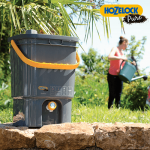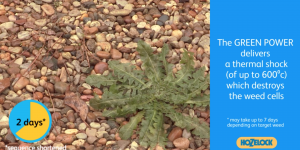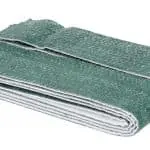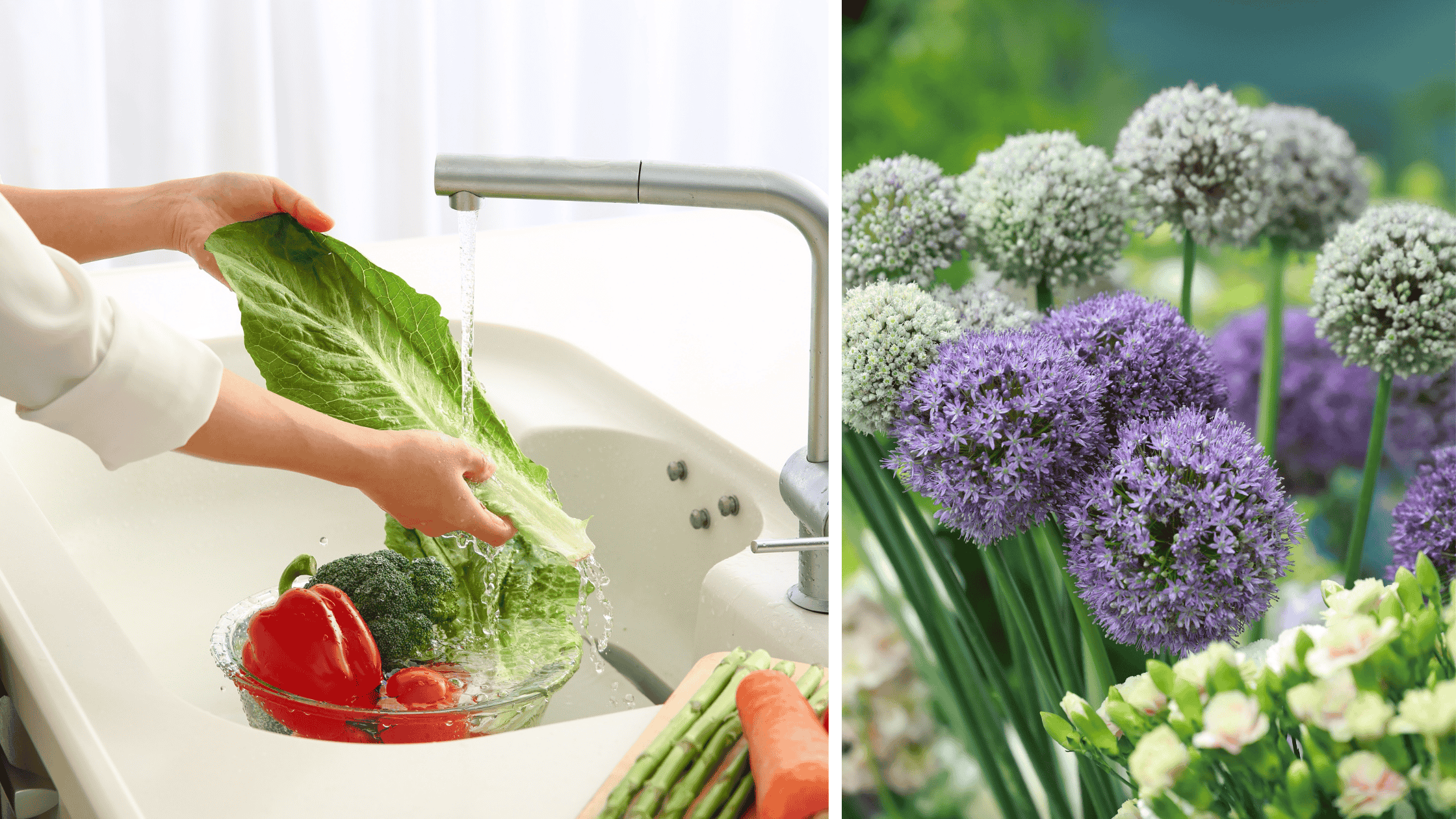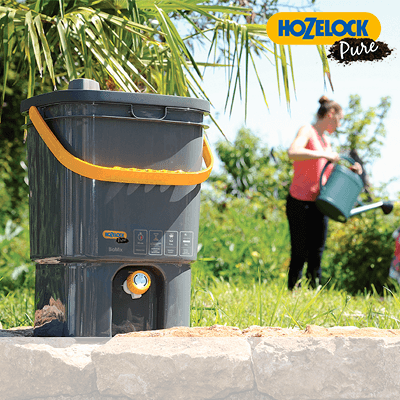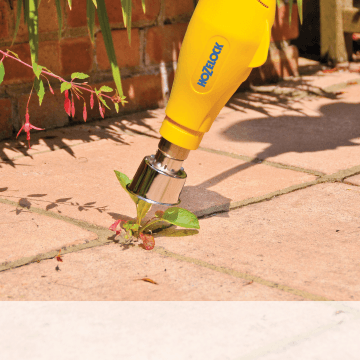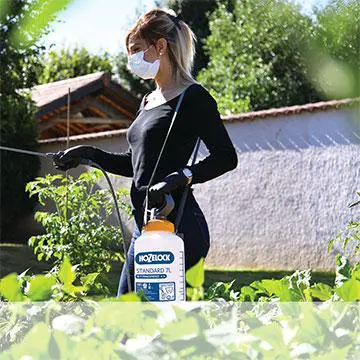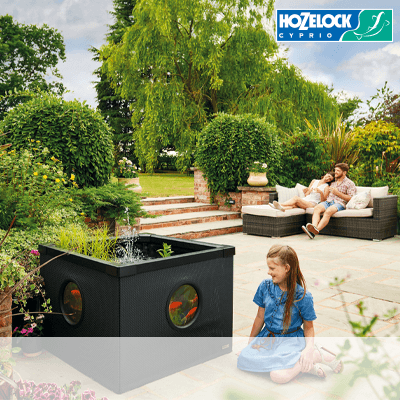With water becoming an increasingly precious resource, gardeners across the UK are looking for eco-friendly ways to keep their gardens flourishing without turning on the tap. One brilliant solution is greywater – a sustainable option that helps reduce water usage while giving your plants the drink they need.
Let’s dig into what greywater is, how to collect and store it, and the best ways to use it in your garden.
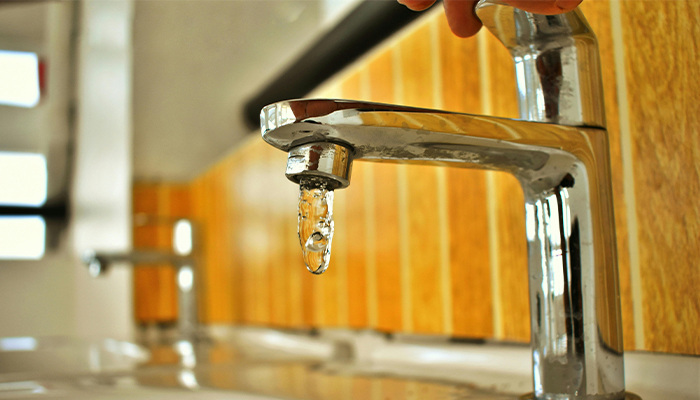
What is Greywater?
Greywater is gently used water from your home – think baths, showers, bathroom sinks, washing machines, and even washing up bowls. It’s different from blackwater, which comes from toilets and is not safe for garden use without serious treatment.
Greywater may contain small traces of soap, detergent, or food particles, but it’s generally safe to reuse in the garden if handled correctly.
How to Collect Greywater
- Plumbing Diversion Systems:
For a more permanent setup, you can install a greywater diverter system that channels water from your bathroom or laundry straight to the garden. These systems usually need to be fitted by a professional and must comply with local plumbing regulations. - Manual Collection:
This is the easiest and most affordable method. Place a bucket in your shower while it warms up or use a basin in your kitchen sink to collect rinse water from washing vegetables or doing dishes. - Washing Machine Hoses
With the right setup, your washing machine’s rinse water can be redirected to your garden. Just be sure to use eco-friendly, low-sodium detergents to protect your plants.
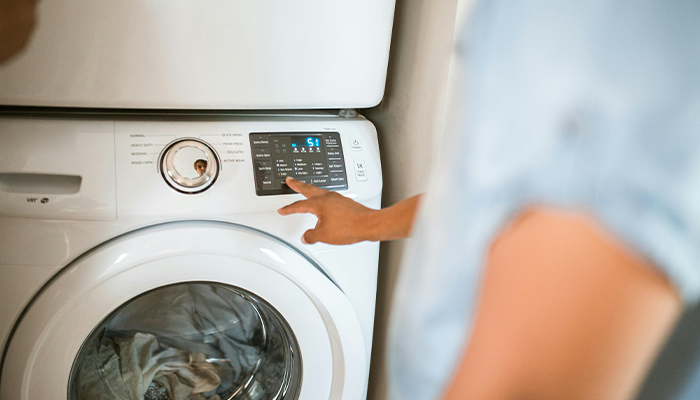
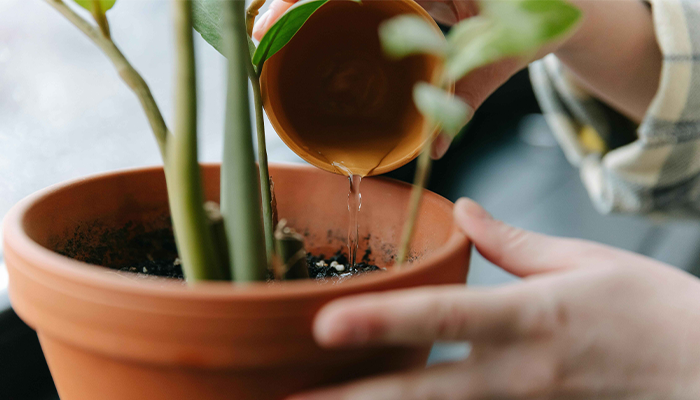
How to Store Greywater
Greywater is best used immediately after collection, as it can quickly become stagnant and smelly if left to sit for more than 24 hours. If you must store it briefly, use a container with a lid and keep it in a shaded area.
Avoid storing greywater for more than a day and never let it stand for long in open containers, which can attract pests or create unpleasant odours.
Using Greywater in the Garden
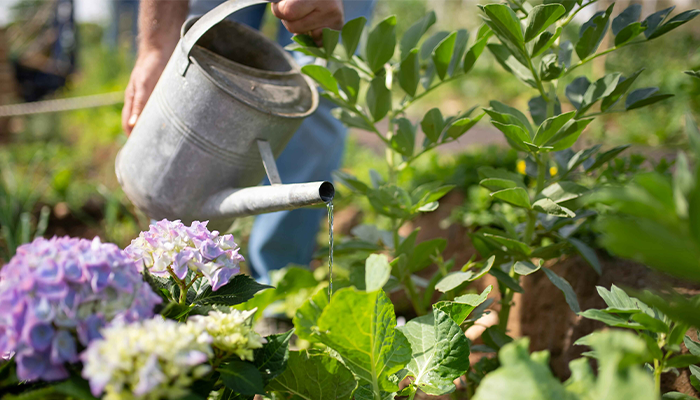
Water the soil, not the leaves. Greywater should always be applied to the base of plants, not sprayed on foliage, to prevent any residue from damaging leaves.
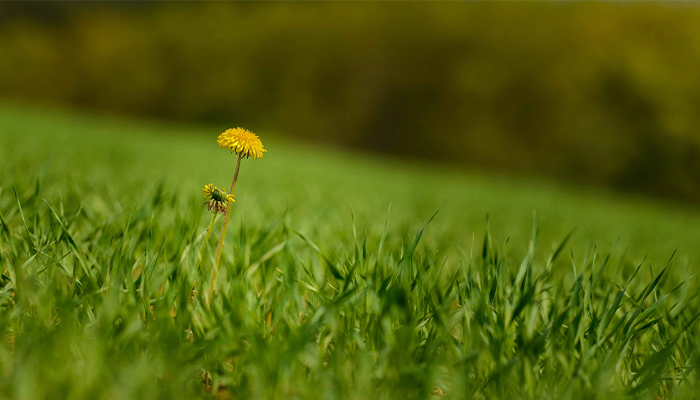
Stick to ornamental plants and established trees. Greywater is ideal for shrubs, hedges, lawns, and mature fruit trees. Avoid using it on leafy vegetables or root crops that you eat raw.
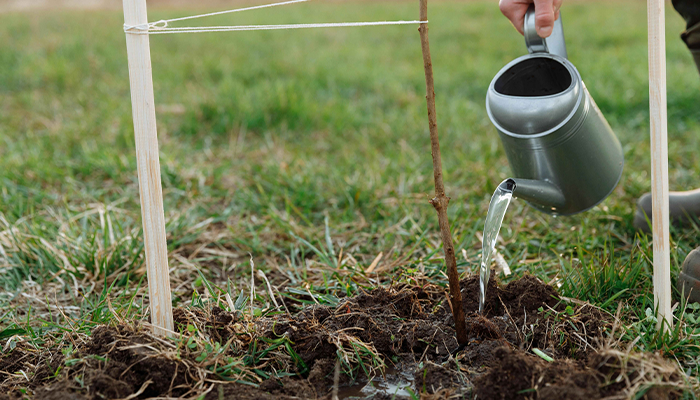
Rotate usage. Don’t use greywater in the same area all the time. Give the soil a break to flush out any build-up of soaps or detergents with rainwater or fresh water.
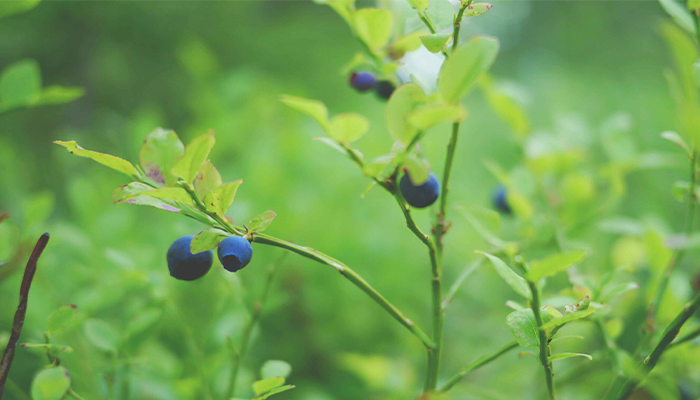
Avoid on acid-loving plants. Some greywater may alter soil pH slightly, so steer clear of using it on blueberries, rhododendrons, or camellias.
Benefits of Using Greywater
- Conserves fresh water: Particularly during summer droughts or hosepipe bans, greywater is a smart way to keep your plants happy.
- Reduces your water bill: Every litre of greywater you reuse is a litre you don’t need to pay for again.
- Eco-friendly: You’re reducing the amount of wastewater going into the sewers and lowering your overall water footprint.
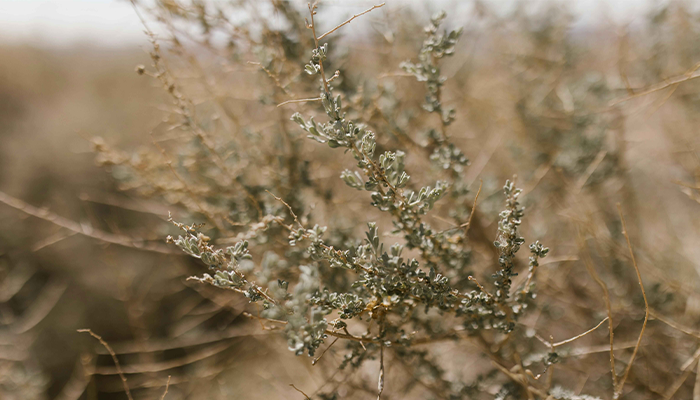
With a little planning and care, greywater can be a fantastic resource for the eco-conscious gardener. By collecting and reusing water from your home, you’re not only conserving a vital resource but also helping your garden thrive sustainably.
Just remember to use it fresh, apply it wisely, and always choose plant-friendly products inside your home.




